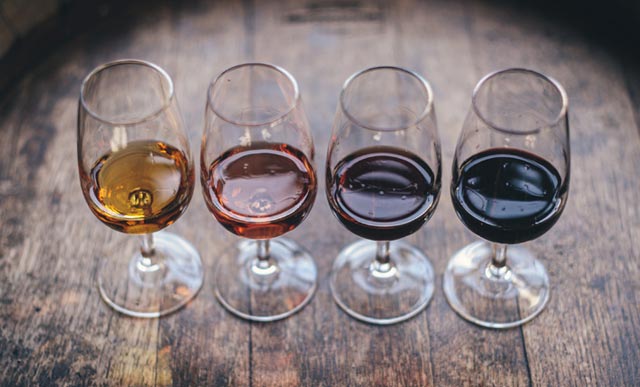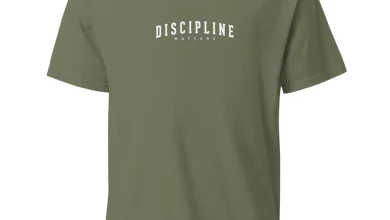Unveiling Wine’s Social Impact: Factors Decreasing Global Demand

In the world of wine, where traditions intertwine with modernity, and sophistication meets conviviality, the dynamics of demand are often influenced by various social factors. As a wine blogger it’s imperative to delve beyond the mere tasting notes and vineyard landscapes to understand the intricate web of elements that shape the global consumption patterns of this revered beverage. In this article, we’ll uncover some of the key social factors that are contributing to the decrease in global demand for wine.
Health Consciousness
In recent years, there has been a noticeable shift towards health-conscious lifestyles across the globe. As people become increasingly aware of the impact of their dietary choices on their well-being, many are opting for lower alcohol beverages or abstaining altogether. Wine, often associated with indulgence and relaxation, is sometimes perceived as contradicting these health-conscious ideals due to its alcohol content and caloric density. This shift towards healthier lifestyles has led some consumers to explore alternatives like non-alcoholic wines or other beverages altogether, impacting the demand for traditional wines.
Changing Demographics
Demographic shifts, including aging populations in many wine-consuming regions and changing preferences among younger generations, are significantly influencing wine consumption patterns. Older generations, who have historically been the primary consumers of wine, may reduce their consumption due to health concerns or changes in lifestyle. Meanwhile, younger consumers, particularly millennials and Gen Z, are exhibiting different preferences and consumption habits compared to their predecessors. They tend to prioritize experiences over possessions, seek authenticity, and are more open to experimenting with a wider range of beverages beyond wine. This generational shift is reshaping the market landscape and challenging traditional wine blog
marketing strategies.
Rise of Alternative Beverages
The beverage landscape is evolving rapidly, with an explosion of innovative alternatives to traditional alcoholic drinks. From craft beers and artisanal spirits to botanical infusions and fermented beverages, consumers today have an unprecedented array of options to choose from. This diversification of the market poses a challenge to wine producers and marketers, as they must compete not only with other wines but also with a plethora of alternative beverages vying for consumer attention. Moreover, the emergence of high-quality non-alcoholic alternatives provides additional competition for wine, particularly in markets where health and wellness trends are prominent.
Environmental Concerns
Environmental sustainability has become a pressing issue in recent years, prompting consumers to consider the ecological footprint of the products they consume. The wine industry, like many agricultural sectors, faces scrutiny regarding its environmental practices, including water usage, pesticide use, and carbon emissions. Consumers, especially those in environmentally conscious demographics, may choose to support wineries and wine brands that demonstrate a commitment to sustainable and eco-friendly practices while avoiding those perceived as contributing to environmental degradation. This emphasis on sustainability not only influences consumer purchasing decisions but also shapes industry regulations and standards, further impacting the wine market.
Digitalization and Social Media
The advent of digital technology and social media has transformed how consumers discover, purchase, and share information about wine. Platforms like Instagram, YouTube, and wine-focused apps provide consumers with access to a wealth of reviews, recommendations, and educational content, empowering them to make more informed purchasing decisions. However, this digitalization also presents challenges for traditional wine marketing and distribution channels. Established wine producers must adapt to the digital landscape, engaging with consumers online, cultivating a strong social media presence, and leveraging e-commerce platforms to reach new audiences. Failure to embrace digitalization may result in missed opportunities to connect with consumers and capture market share.
Global Economic Uncertainty
Economic factors play a significant role in shaping consumer behavior and purchasing power. Periods of economic uncertainty or recession can lead consumers to tighten their budgets and prioritize essential expenses over discretionary purchases like wine. Moreover, fluctuations in currency exchange rates, trade tariffs, and geopolitical tensions can impact the cost of imported wines, influencing consumer choices and market dynamics. Wine producers must navigate these economic challenges by adjusting pricing strategies, diversifying markets, and enhancing value propositions to remain competitive in an increasingly volatile global economy.
Conclusion
the global demand for wine is influenced by a myriad of social factors that reflect shifting consumer preferences, demographic trends, environmental consciousness, technological advancements, and economic conditions. As a wine blogger, understanding these factors is essential for providing insightful analysis, relevant recommendations, and engaging content to your audience. By staying informed and attuned to the evolving landscape of the wine industry, you can contribute to the ongoing dialogue surrounding wine culture and consumption in the modern world.








